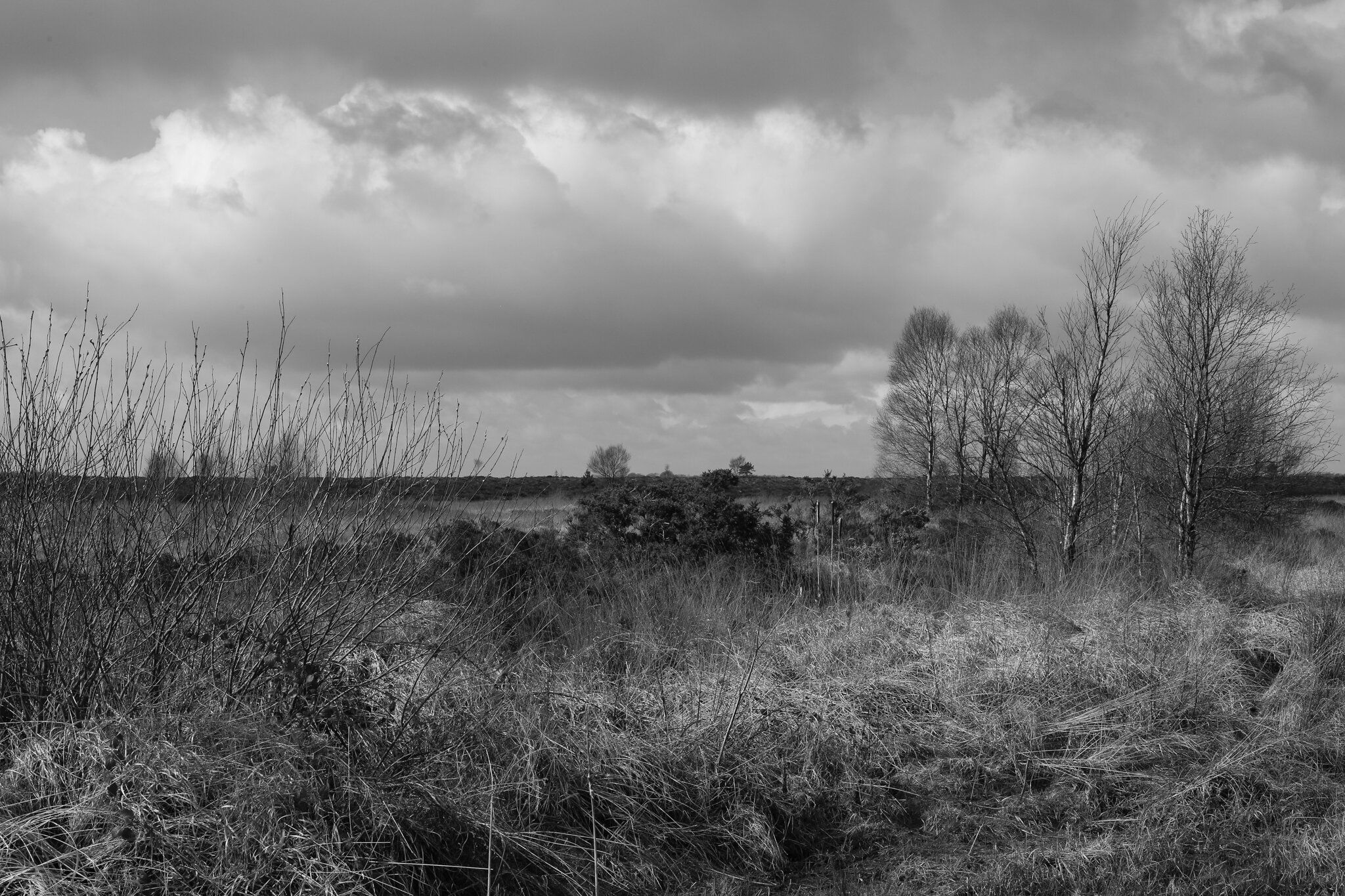Scohaboy Bog, Cloughjordan, Co. Tipperary
Scohaboy Bog, Cloughjordan, Co. Tipperary
Bogs
“Bog” is derived from the Irish word for “soft”. These are fascinating wetland landscapes which produce peat from dead organic matter. In Ireland, they have had a huge social, cultural and economic significance throughout history.
Bord na Mona (which translates to “The Peat Board”) are a semi-state company who were historically charged with managing the peat industry in Ireland. Bord na Mona’s work now focuses on more sustainable energy options as peat is gradually phased out. This has had a detrimental economic impact in the Irish midlands, where peat was the primary driver of employment for many years.
Culturally speaking, they have often featured in both historical and mythological tales. Bogs keep things in an almost suspended state. In this sense, they were seen as liminal places between worlds, a sort of limbo between the physical realm and a spiritual one, or perhaps an afterlife. They often acted as the border of a king’s territory, and there was a sense that this “border” separated the real from the spiritual just as much as it defined the edges of a king’s land.
There have, of course, been a number of “bog bodies” found in Ireland. These bodies have been unbelievably well preserved by the unusual quality of the bog. Bodies are naturally mummified and the skin and organs are often preserved, while the bones waste away. They are places of great mystery.
While most of the bogs are concentrated in the midlands, there are also a number of raised bogs in County Tipperary, a number of which feature in Hinterland. Scohaboy bog (as pictured above), the bogs around Littleton, and of course Nore Valley Bog in the north of the county.



